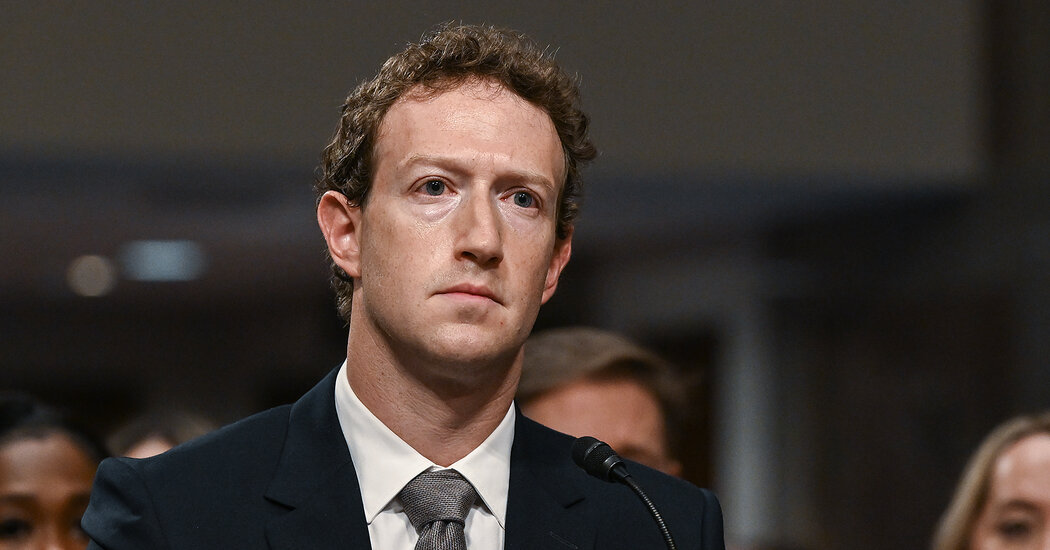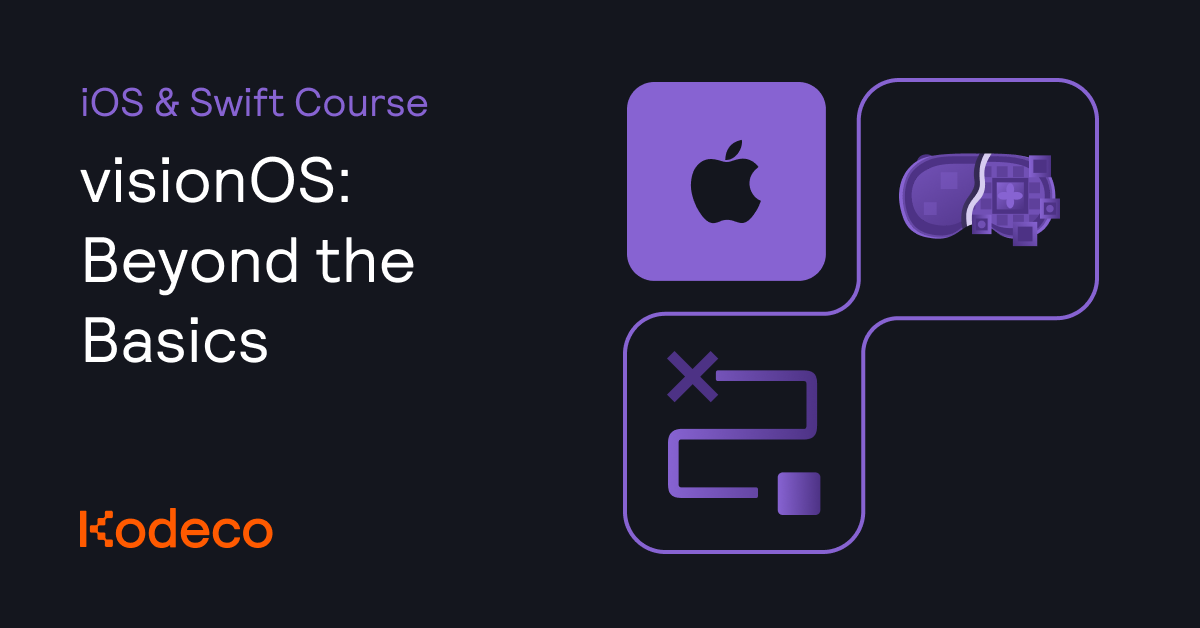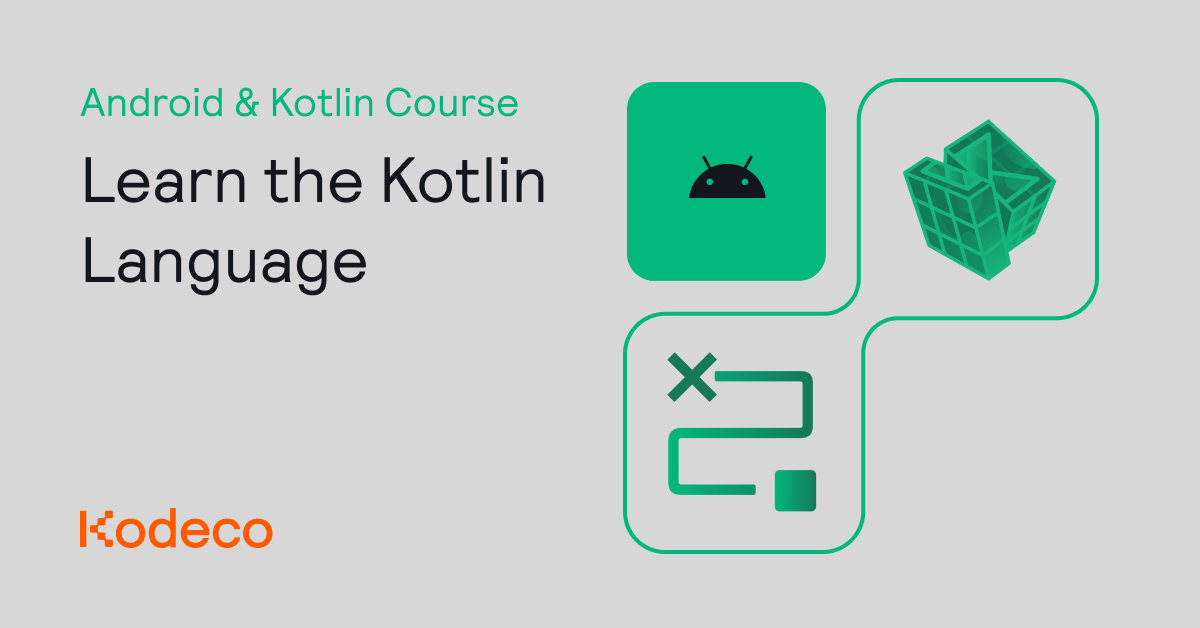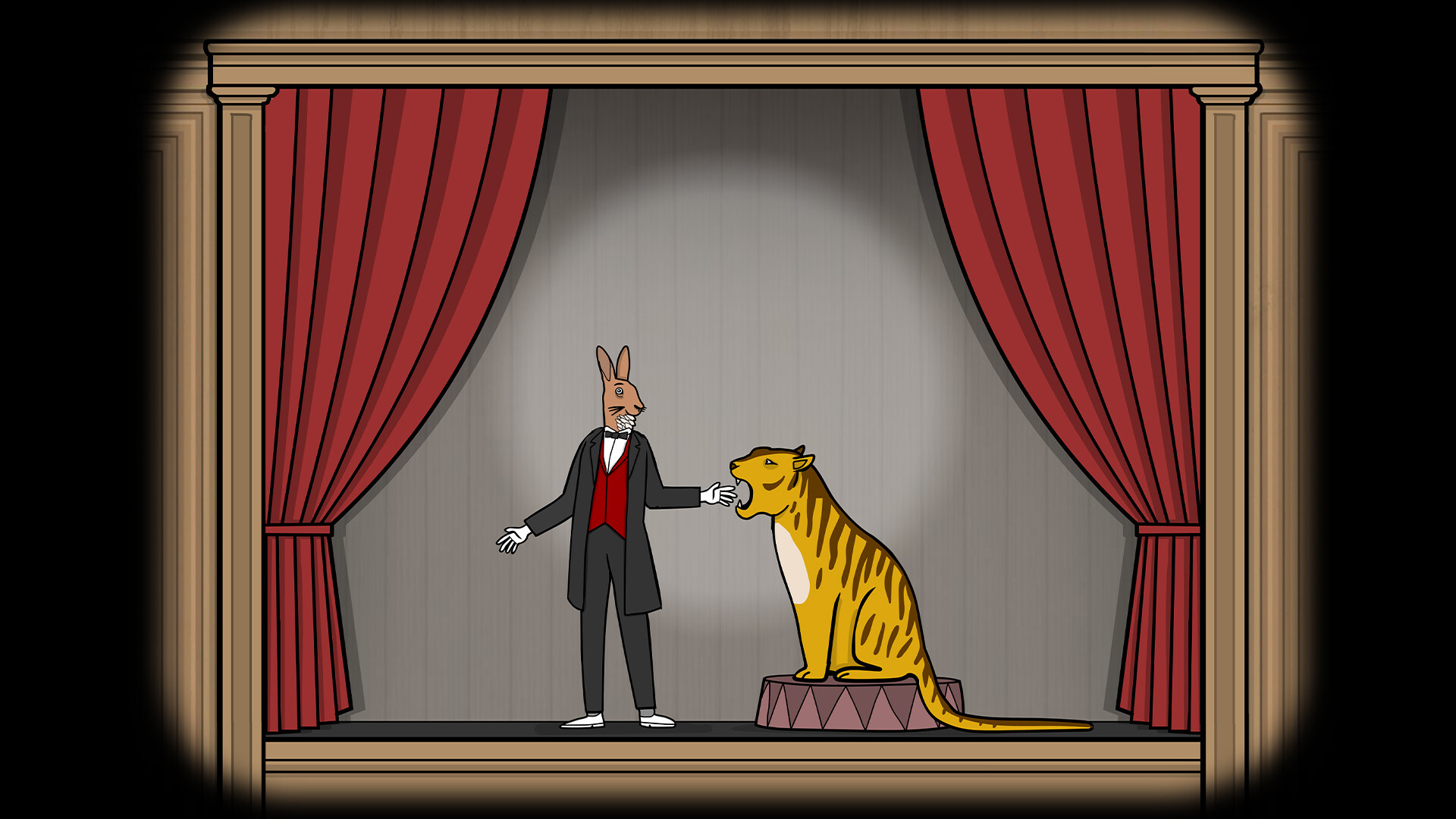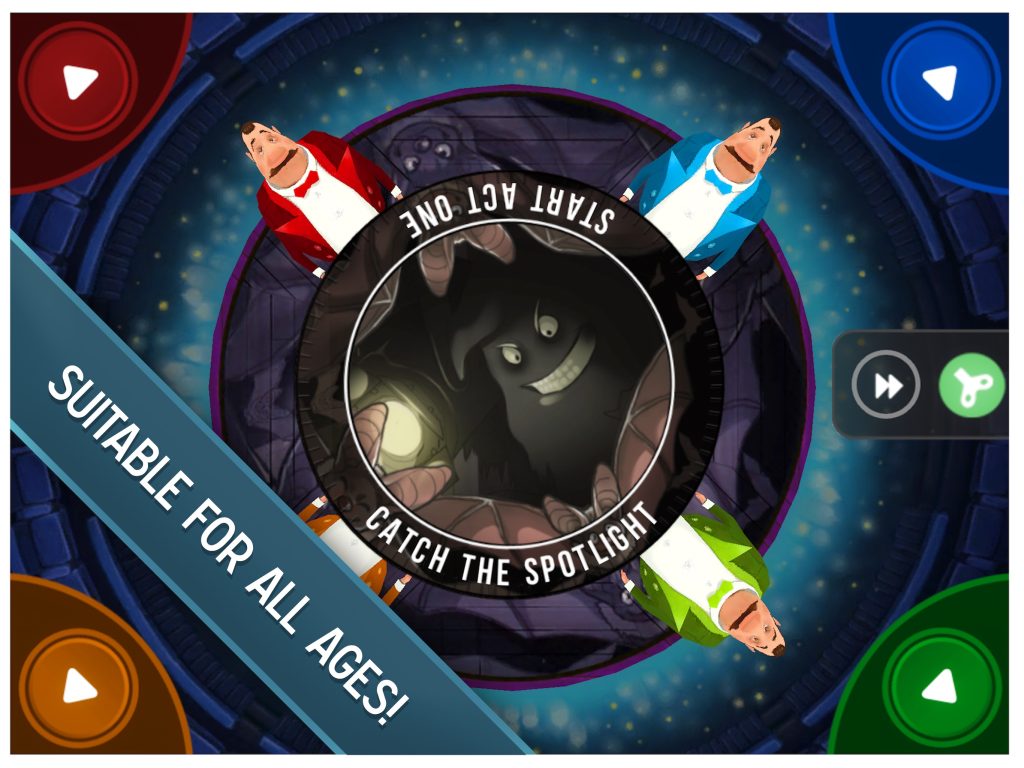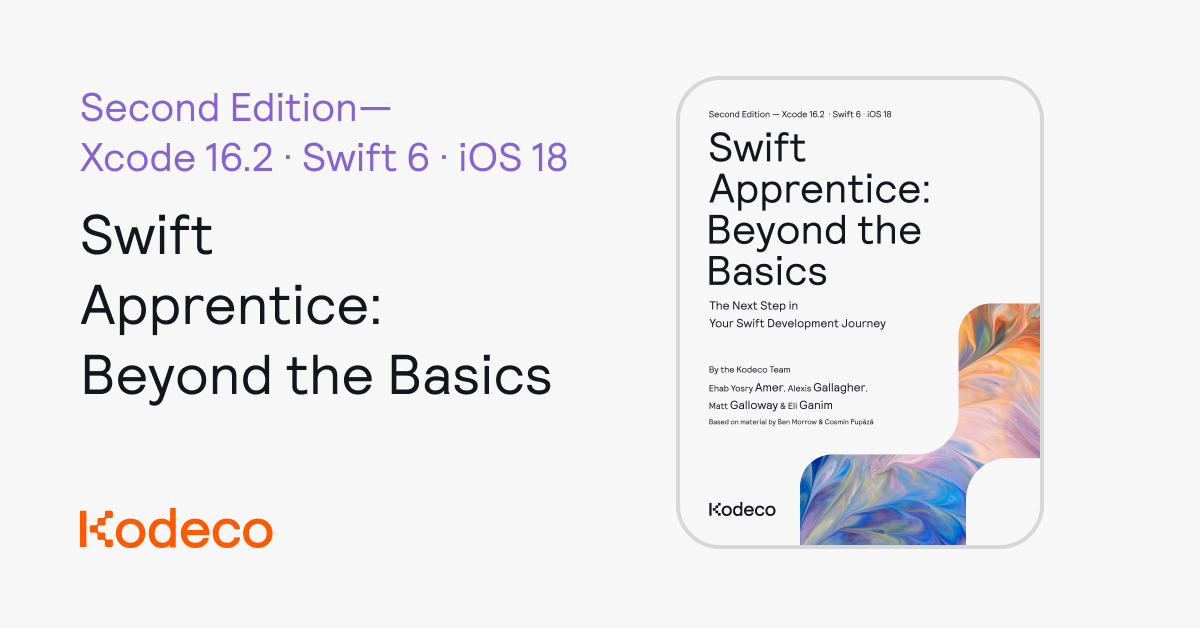The Wall Street Journal reported on Monday that the normally robust spring housing market was a “dud” this year, as economic and stock market uncertainty, coupled with mortgage rates hovering around 6.72% at press time, have kept buyers away.
The outlet notes that with more homes hitting the market, demand is not aligning with the rising inventory, and home prices are fluctuating (some areas are seeing drops while others remain high).
But there are some states where you can still find affordable housing.
U.S. News & World Report‘s 2025 Best States list looks at thousands of data points to rank each state on a variety of factors, including crime, economy, education, fiscal stability, health care, infrastructure, natural environment, and opportunity. Using that data, along with statistics from the Bureau of Economic Analysis and factoring in cost of living and other points, the outlet also ranked the best states for housing affordability.
Still, it’s worth noting that many of the top states for housing affordability were ranked near the bottom of the list in categories including poverty rate, food insecurity, and median household income. But if you’re a remote worker looking for more land or the chance to buy a home at a low price, it could be worth checking out.
Here are the five best states for housing affordability, according to data used in U.S. News & World Report‘s “Best States” list.
1. Mississippi
Affordability Ranking: 2
Overall Best States Ranking: 48
According to Zillow, the average Mississippi home value is $189,710.
2. West Virginia
Affordability Ranking: 3
Overall Best States Ranking: 46
According to Zillow, the average West Virginia home value is $167,250.
3. Arkansas
Affordability Ranking: 1
Overall Best States Ranking: 44
According to Zillow, the average Arkansas home value is $217,895.
Related: Here Are the 10 Best States for Working Seniors
4. Alabama
Affordability Ranking: 8
Overall Best States Ranking: 45
According to Redfin, the average home price in Alabama is $281,400.
5. Kentucky
Affordability Ranking: 10
Overall Best States Ranking: 39
According to Redfin, the average home price in Kentucky is $263,400
You can find the full top 10 most affordable states list, here.
Click here for the full Best States list.
The Wall Street Journal reported on Monday that the normally robust spring housing market was a “dud” this year, as economic and stock market uncertainty, coupled with mortgage rates hovering around 6.72% at press time, have kept buyers away.
The outlet notes that with more homes hitting the market, demand is not aligning with the rising inventory, and home prices are fluctuating (some areas are seeing drops while others remain high).
But there are some states where you can still find affordable housing.
The rest of this article is locked.
Join Entrepreneur+ today for access.

